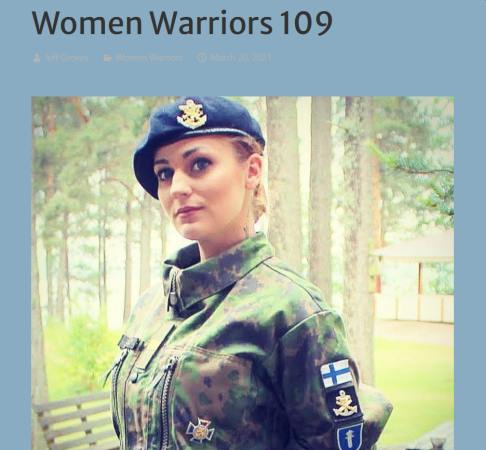After constructing a rather large number of these bases, without even testing them on a tabletop, I noticed that some glues I had used dried with a white mark that was very distinctive, spoiling the effect I was trying to achieve.
It was then, when looking at some of the scraps left over, that I decided to see if I could base some individual aircraft on single stands. The first attempt still used a weight but had only a single arm of plastic poking up, with the aircraft on top of that. It was far better than the others, and at a distance on the tabletop, almost invisible except for the base.
That idea would do well for heavier models such as 1.100 or 1:144th scale and so forth, so I put it aside until the next time I need to base some of those. The plastic would need to be fairly strong, but I'm sure it will work.
What to do?
I was getting rid of the scraps, and in doing so, bent some over so they would fit into the bin more easily. Once again, the Eureka factor cut in. If the aircraft was on a two-legged stand of sufficient width to hold it up, there would be no need for a heavy base, and not necessarily a need for a flat-base area on top to hold aircraft. That would only be needed for large formations.
The first attempt had the aircraft riding saddle-style, with the legs out each side. It worked well and was very stable. Only two very clear legs also made it hard to see, especially at a distance along a tabletop. But when placed to attack a ship, the legs got in the way unless it was small enough to fit between them.
So the next phase was to turn the models "fore and aft." This had all the advantages of the previous attempt, but now when the aircraft were attacking a ship, they could be placed right over the model, one leg either side, without any difficulty.
As the models usually have tabs to represent wheels, they could be used to help balance the models while gluing:









